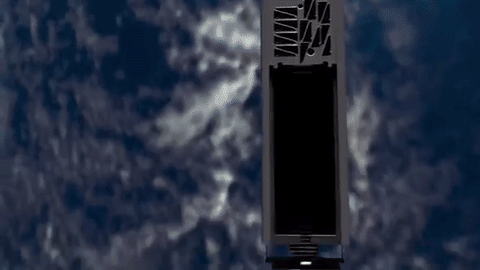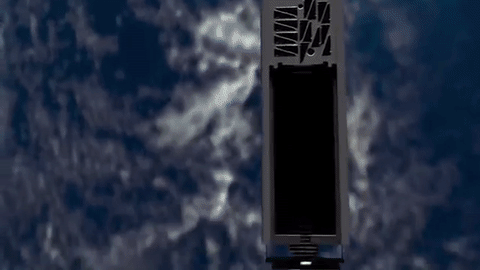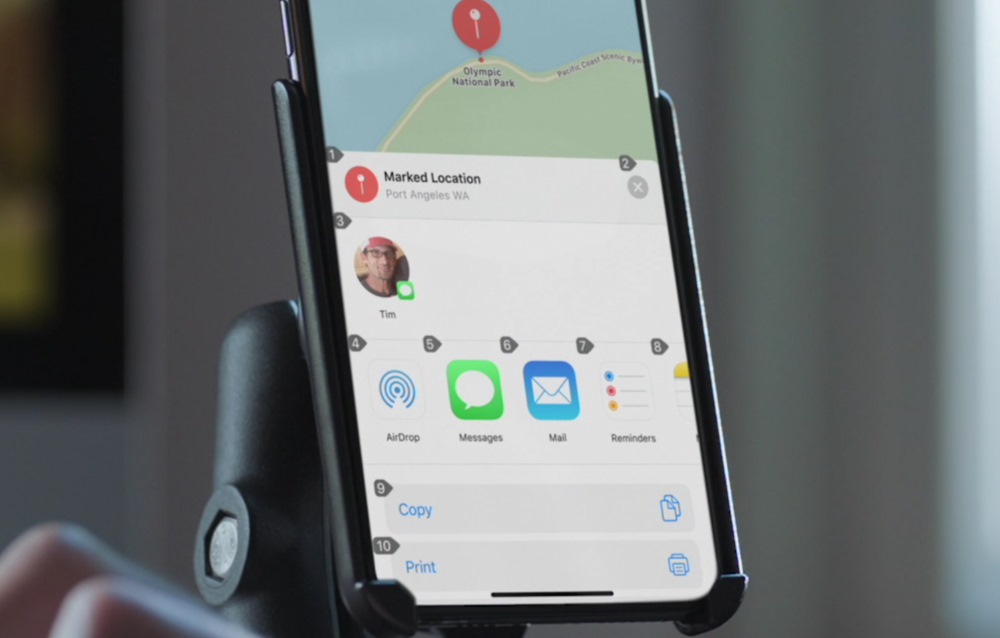
Move over, Starlink. SpaceX’s global internet play might have caught the world’s attention with its 60-satellite launch last month, but little did we know that it had already been upstaged — at least in terms of sheer numbers. The KickSat-2 project put 105 tiny “femtosats” into space at once months earlier, the culmination of a years-long project begun by a grad student.
KickSat-2 was the second attempt by Zac Manchester, now a professor at Stanford, to test what he believes is an important piece of the coming new space economy: ultra-tiny satellites.
Sure, the 4-inch Cubesat standard is small… and craft like Swarm Technologies’ SpaceBEEs are even smaller. But the satellites tested by Manchester are tiny. We’re talking Triscuit size here — perhaps Wheat Thin, or even Cheez-It.
The KickSat project started back in 2011, when Manchester and his colleagues did a Kickstarter to raise funds for about 300 “Sprite” satellites that would be launched to space and deployed on behalf of backers. It was a success, but unfortunately once launched a glitch caused the satellites to burn up before being deployed. Manchester was undeterred and the project continued.

 Previous post
Previous post
 Next post
Next post